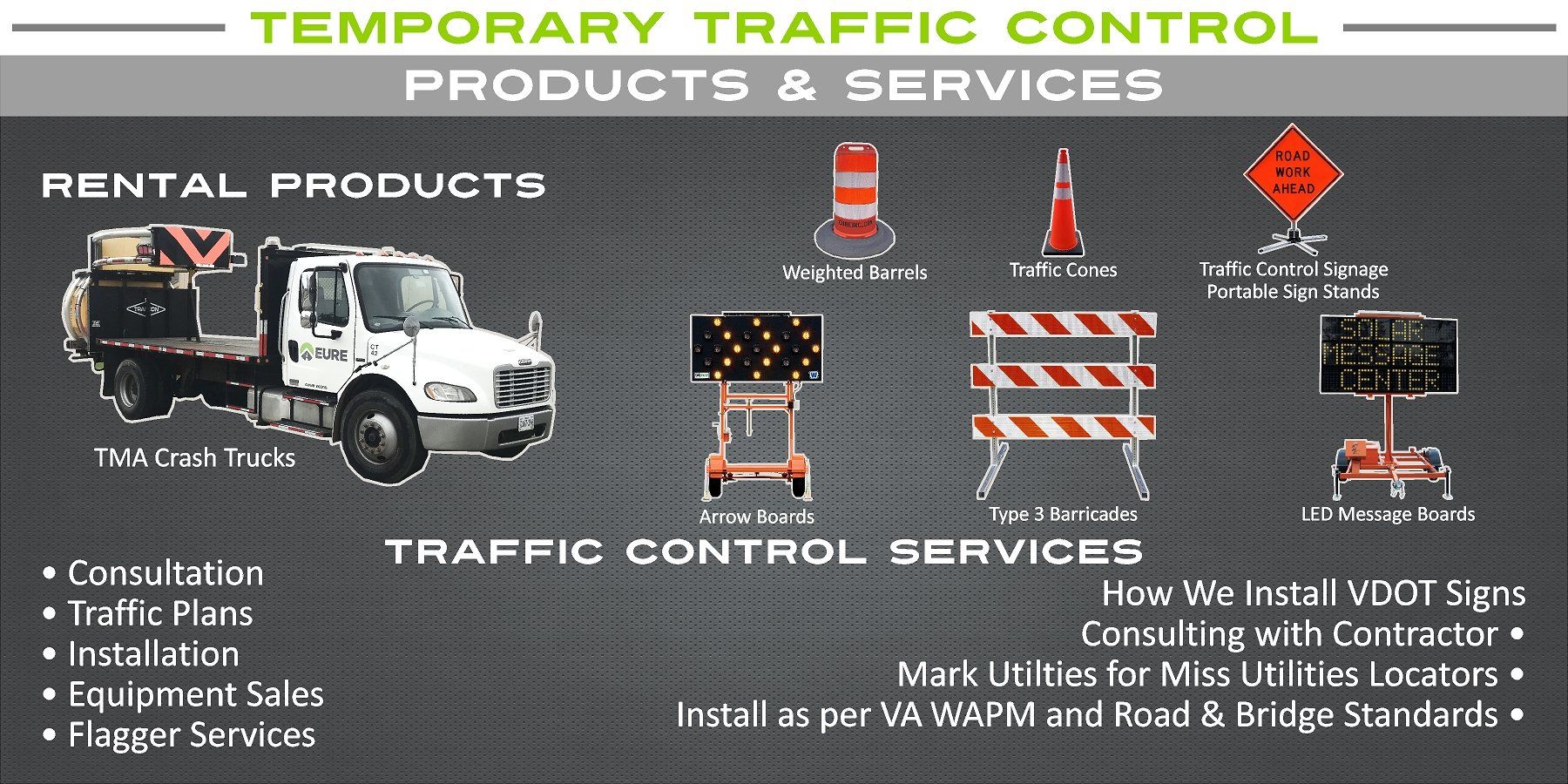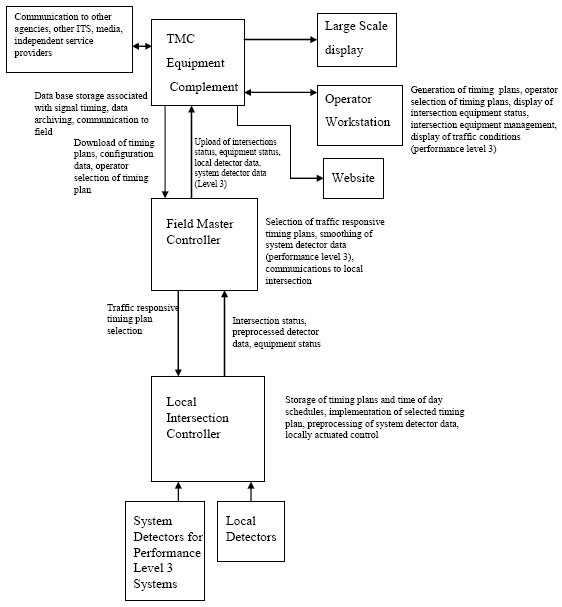Safety Network Can Be Fun For Anyone
Wiki Article
The smart Trick of Safety Network That Nobody is Talking About
Table of ContentsThe 30-Second Trick For Safety NetworkGet This Report about Safety NetworkSee This Report on Safety NetworkSafety Network for BeginnersMore About Safety Network


After the beginning of the subject stage green, a pedestrian call is serviced or reused only in the absence of a functional conflicting phone call and also with Pedestrian Omit on the stage non-active. Activation of this input does not impact a pedestrian movement in the procedure of timing. Input Summary Force-Off Command which supplies for the terminations of green timing or WALK hold in the non-actuated mode of the active phase in the timing ring.
The 30-Second Trick For Safety Network
Red Rest Calls for the controller device to relax in red in all phases of the timing ring(s) by constant application of an exterior signal. The enrollment of a functional conflicting call results in the prompt advancement from Red Rest to eco-friendly of the demanding phase.The registration of a serviceable get in touch with the active stage prior to entry right into the Red Relax state despite having this signal used, results (if Red Revert is energetic) in the continuation of the termination of the energetic phase with proper yellow adjustment period and Red display screen throughout selected in Red Revert. https://www.hotbookmarking.com/author/s4fetynetw0rk/.
Inhibit Optimum Termination Disables the optimum termination functions of all stages in the selected timing ring. This input does not, nonetheless, prevent the timing of Maximum Eco-friendly. Leave Out Red Clearance Causes the noninclusion of Red Clearance timing intervals Pedestrian Reuse Controls the recycling of the pedestrian movement. The procedure depends upon whether the stage is operating in the actuated or non-actuated mode: In the activated setting, if a serviceable pedestrian phone call feeds on the subject as well as the Hold input is active, the pedestrian activity is reused when the Pedestrian Recycle input is energetic, despite whether a functional conflicting telephone call exists.
The Buzz on Safety Network
Stop Timing When activated, triggers cessation of controller unit ring timing throughout of such activation. Upon the elimination of activation from this input, all sections which are timing, will certainly return to timing. During Stop Timing, lorry actuations on non-Green phases are acknowledged; automobile actuations on Green stage(s) reset the Passage Time timer in the typical way, and the controller unit does not end any type of interval or interval part or choose another phase, other than by activation of the Period Development input.Just phases outfitted for pedestrian service are to be used in a non-actuated setting. External Minimum, Recall to All Vehicle Phases Places reoccuring demand on all lorry stages for a minimum lorry solution External Beginning Triggers the controller device to change to its configured initialization stage(s) and also interval(s) upon application of the signal.
Stroll Rest Modifier When activated, modifies non-actuated operation only. Upon activation, the non-actuated phase(s) remain in the timed-out look at this site stroll state (remainder in stroll) in the lack of a functional contradictory call regardless the Hold input standing. With the input nonactive, non-actuated stage(s) do not remain in the timed-out WALK state unless the Hold input is active.
The 10-Minute Rule for Safety Network
Some actuated controllers provide an unique mode of operation derived from the Texas Division of Transportation's historic technique to diamond interchange operation. Modern controllers can offer similar capability without the demand for a special modus operandi, as described in area 3. 9. 2 particular phasing plans and also reasoning for diamond interchange procedure have actually been made use of in Texas (7).The 3-phase sequencing displayed in Figures 7-6 and also 7-7 can give a shorter cycle size than the 4-phase sequencing shown in Number 7-7. As an example, Texas DOT conducted a research in which the 2 stage sequences displayed in figure 7-7 were contrasted at a number of crossways during isolated full-actuated control.
Anticipate similar decreases in cycle sizes at areas in other separated and interconnected systems, as long as the left-turn activities continue to be within sensible limits, as well as storage is readily available in between the off-ramp (frontage roadway) connections. Where turning movements are high onto as well as/ or off of the ramp links (frontage roadways), the 4-phase series supplies the finest operation. https://papaly.com/gloriajohnson/1UQhM/My-First-Board.
Safety Network Fundamentals Explained
If the controller includes greater than one stage sequence, the sequences can be transformed to suit operational demands (Safety traffic signs). Operation Summary Left-Turn Reconstruction In the operation of a basic 8-phase controller unit, the solution of a left-turn can be restored without very first cycling via the barrier line. In this procedure, the controller system keeps an eye on the time remaining on any type of thru movement phase which is opposed by a thru stage which has gapped out.Report this wiki page